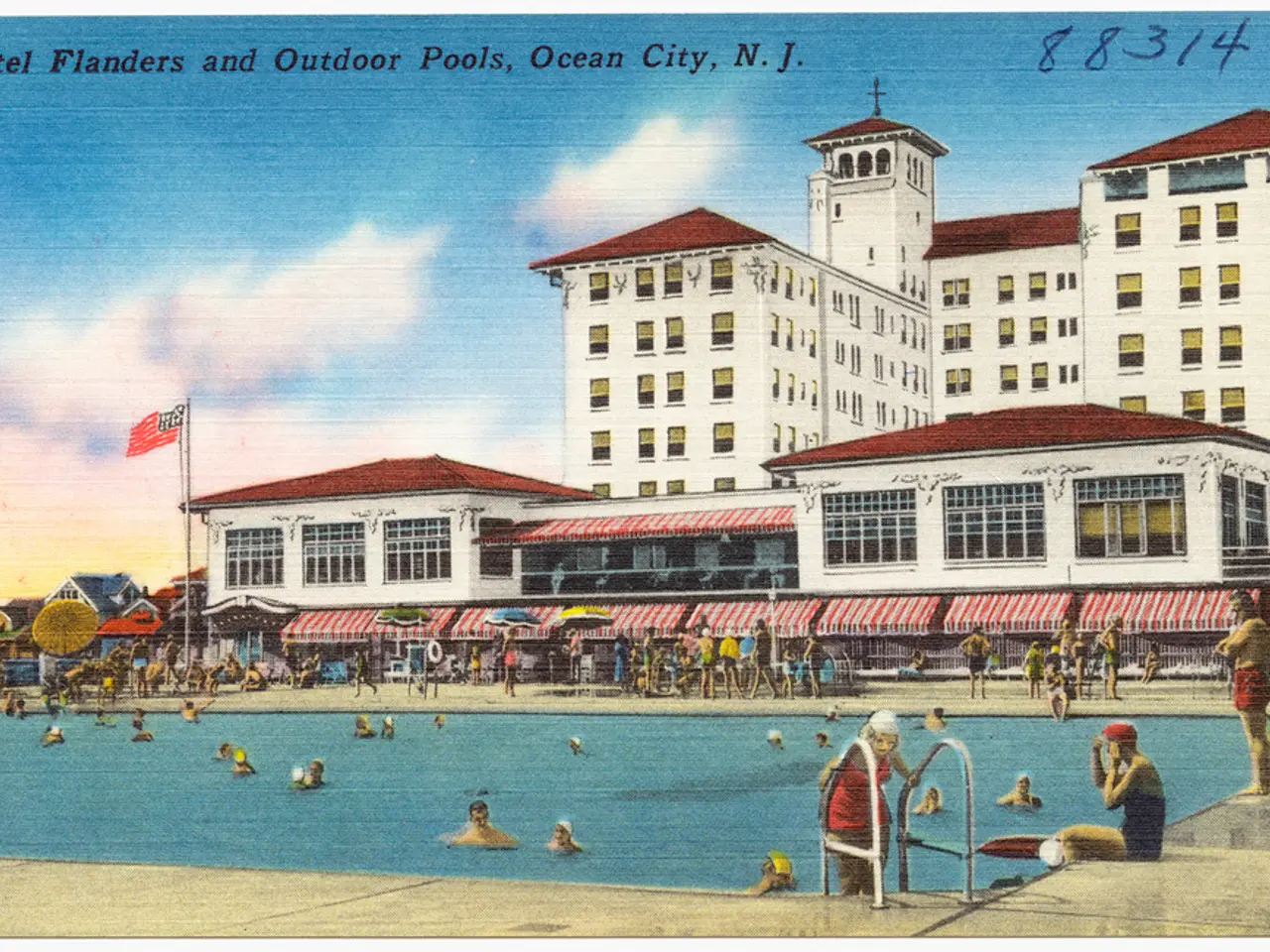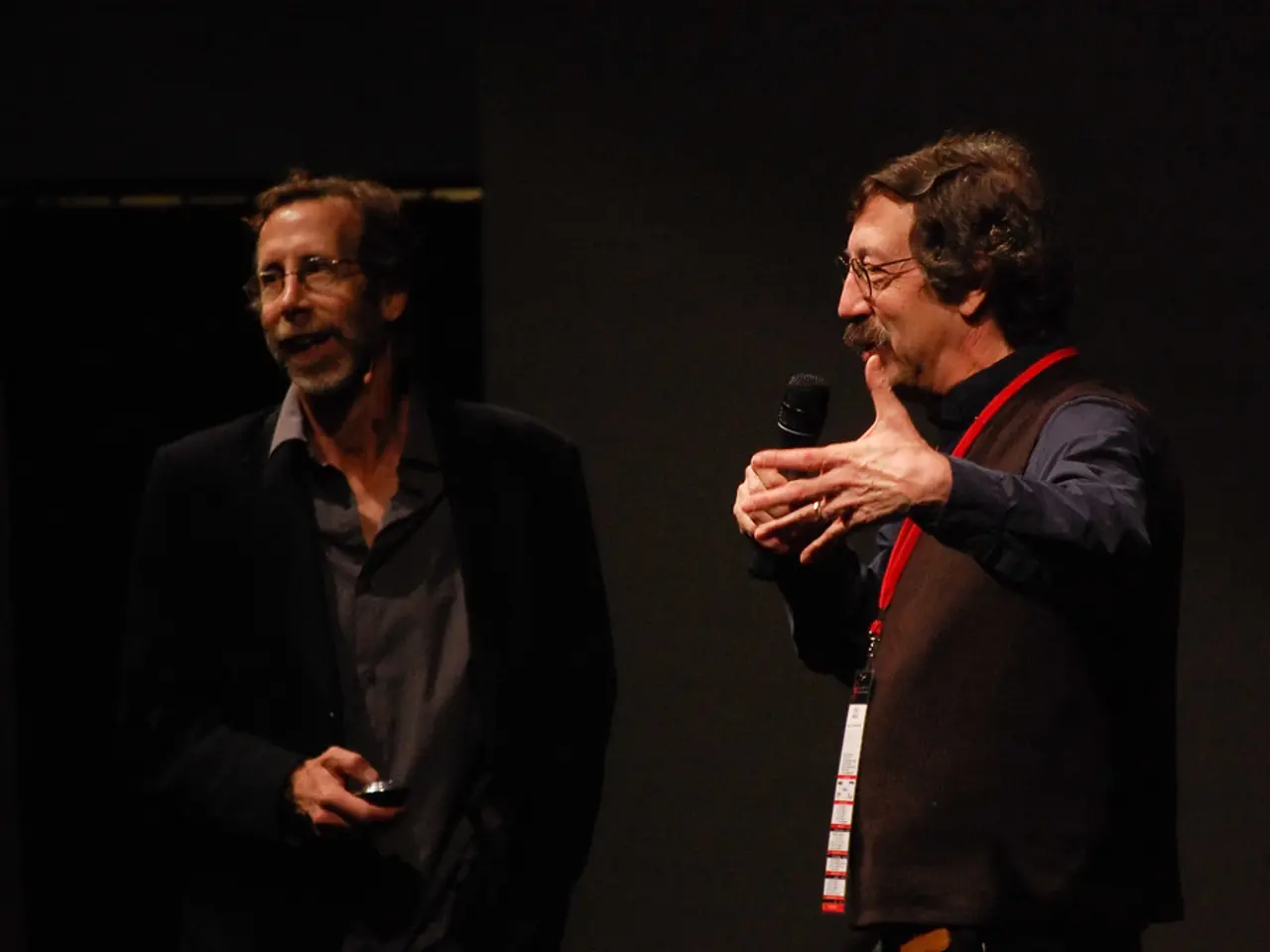Ranked Movies
The history of cinema is rich with groundbreaking films and movements that have significantly influenced the industry and its development. Here are some of the most influential ones:
## Key Films
1. **"Citizen Kane" (1941)**: Directed by Orson Welles, this film is often hailed as one of the greatest of all time for its innovative cinematography and narrative structure. It has topped numerous polls as the best film ever made [3].
2. **"Battleship Potemkin" (1925)**: This silent film by Sergei Eisenstein is renowned for its influential montage techniques and is considered a landmark of cinematic art [3].
3. **"Vertigo" (1958)**: Directed by Alfred Hitchcock, it is celebrated for its psychological depth and the "Vertigo Effect," which explores the protagonist's vertigo through unique filmmaking techniques [1][3].
4. **"Seven Samurai" (1954)**: Directed by Akira Kurosawa, this film is a classic of Japanese cinema known for its epic storytelling and cinematography [3].
## Key Movements
1. **Silent Era**: The early days of cinema, from the late 19th century to the late 1920s, were marked by silent films, which relied heavily on visual storytelling and musical accompaniment. Notable figures include Charlie Chaplin and Buster Keaton.
2. **Golden Age of Hollywood (1920s-1960s)**: This period saw the rise of major studios and the development of genres like Westerns and musicals. Films such as *It's a Wonderful Life* and *Singin' in the Rain* are iconic representations of this era [1].
3. **New Hollywood (Mid-1960s to Early 1980s)**: Characterized by a shift in creative control from studios to directors, this era produced films like *Bonnie and Clyde*, *The Graduate*, and *Easy Rider*. These films often deviated from traditional narrative structures and explored new themes [2].
4. **French New Wave (Late 1950s to Late 1960s)**: This movement, led by directors like Jean-Luc Godard and François Truffaut, emphasized location shooting, handheld camera work, and unconventional narrative techniques. Films such as *Breathless* and *Jules and Jim* are quintessential examples [2].
Other significant movements include the **German Expressionism** of the 1920s, known for its dark, stylized sets and themes, and the **Italian Neorealism** of the post-war period, which focused on realistic portrayals of everyday life.
These films and movements have shaped the course of cinema, influencing style, narrative, and production techniques that continue to impact filmmaking today. Some other notable films and movements include:
- **Un Chien Andalou (1929)**: A surrealist film by Luis Buñuel. - **Knife in the Water (1962)**: A psychological thriller by Roman Polanski, part of the Polish Film School movement. - **Chronicle of a Summer (1961)**: A documentary by Jean Rouch, part of the Direct & Cinema Vertie movement. - **Rome, Open City (1945)**: A neorealist film by Roberto Rossellini, part of the Italian Neorealism movement. - **The 400 Blows (1959)**: A semi-autobiographical film by François Truffaut, part of the French New Wave movement.
These films and movements have left an indelible mark on cinema, pushing boundaries and paving the way for future innovations in storytelling and filmmaking.
Movies-and-tv such as "Citizen Kane," "Battleship Potemkin," "Vertigo," "Seven Samurai," "It's a Wonderful Life," "Singin' in the Rain," "Bonnie and Clyde," "The Graduate," "Easy Rider," "Breathless," and "Jules and Jim" have significantly contributed to the entertainment industry's development through their innovative techniques and thematic explorations. The silent era, Golden Age of Hollywood, New Hollywood, French New Wave, German Expressionism, and Italian Neorealism are influential movements that have shaped the history of cinematic art and continue to influence filmmaking today.







